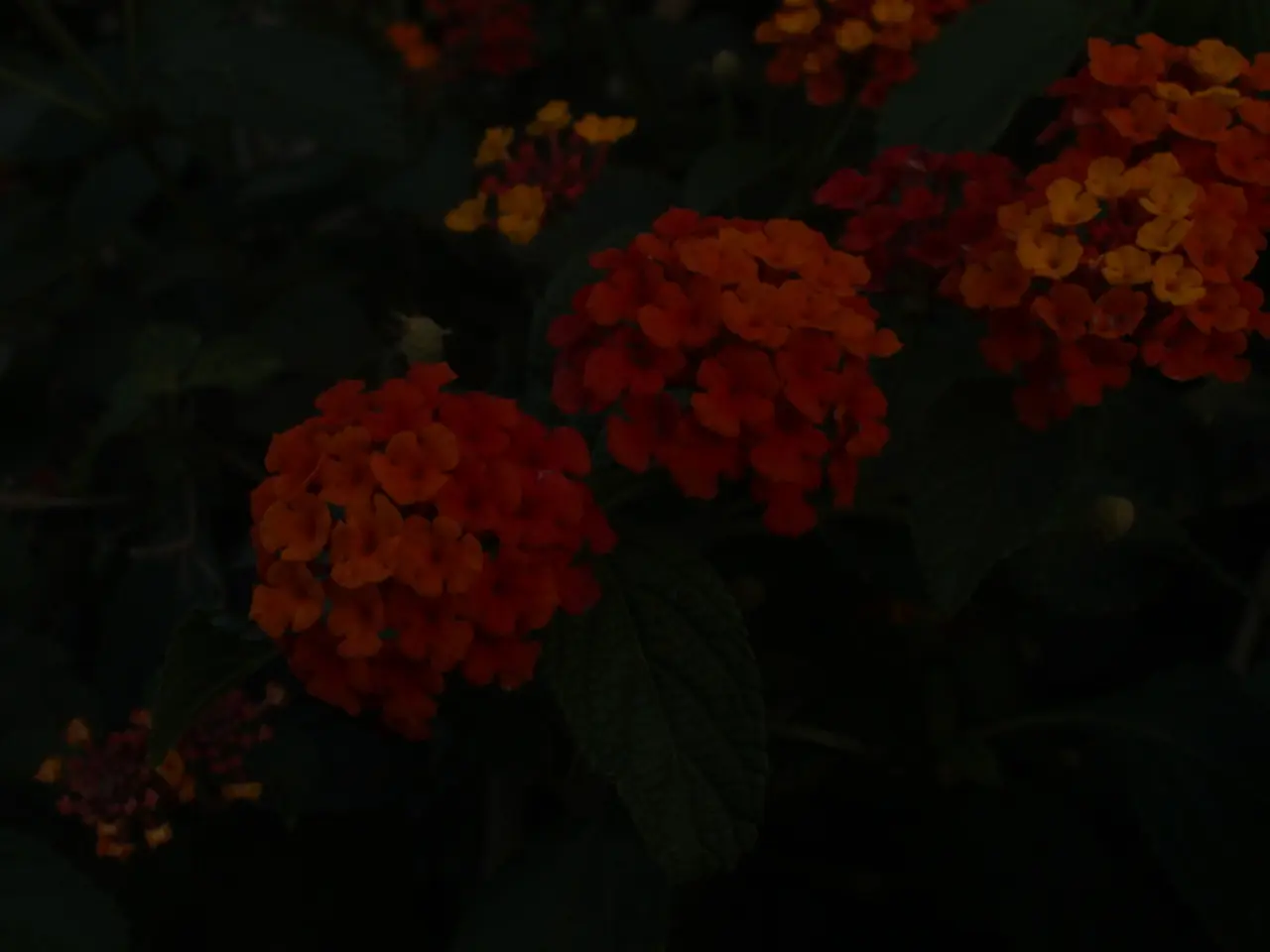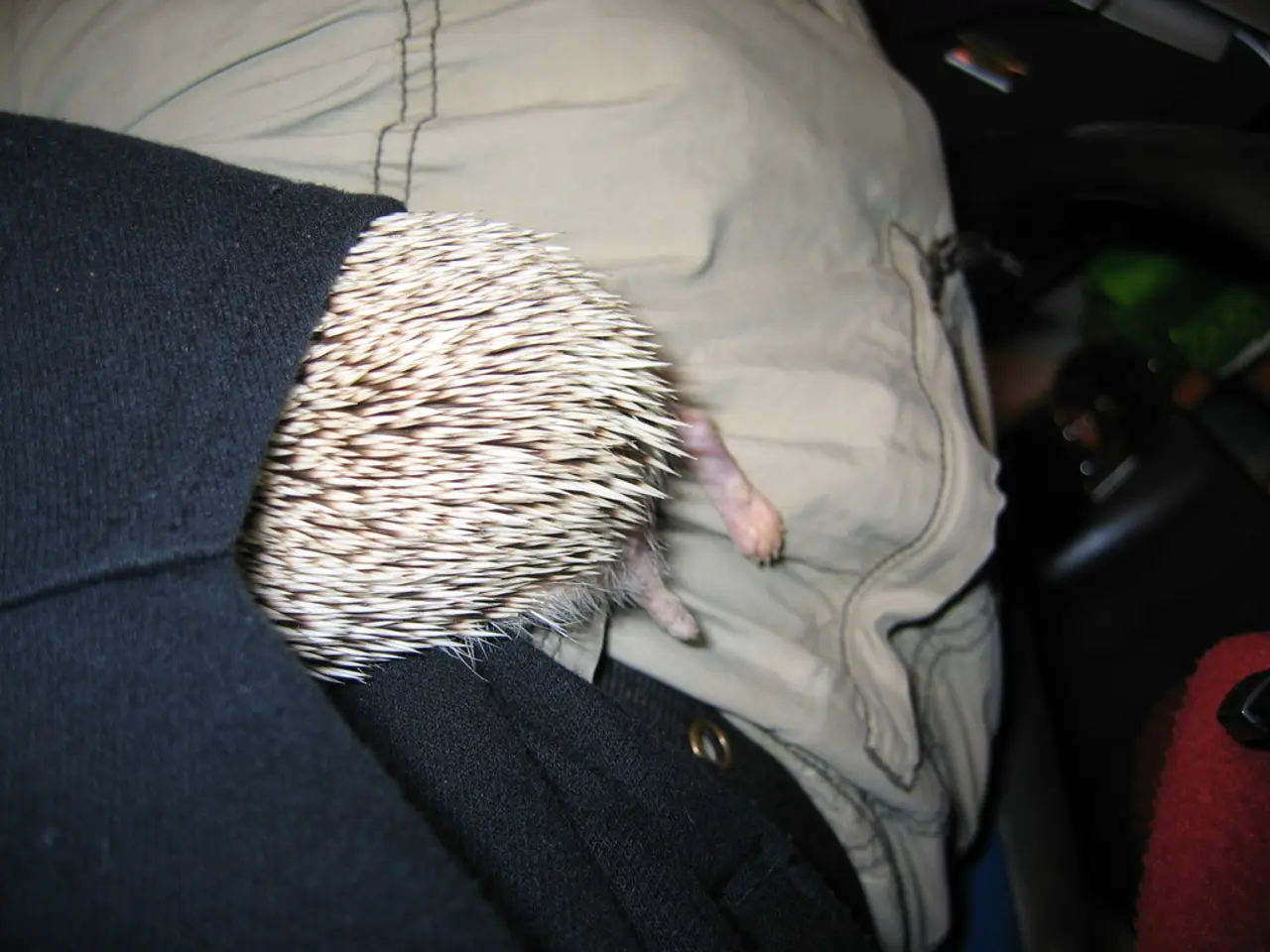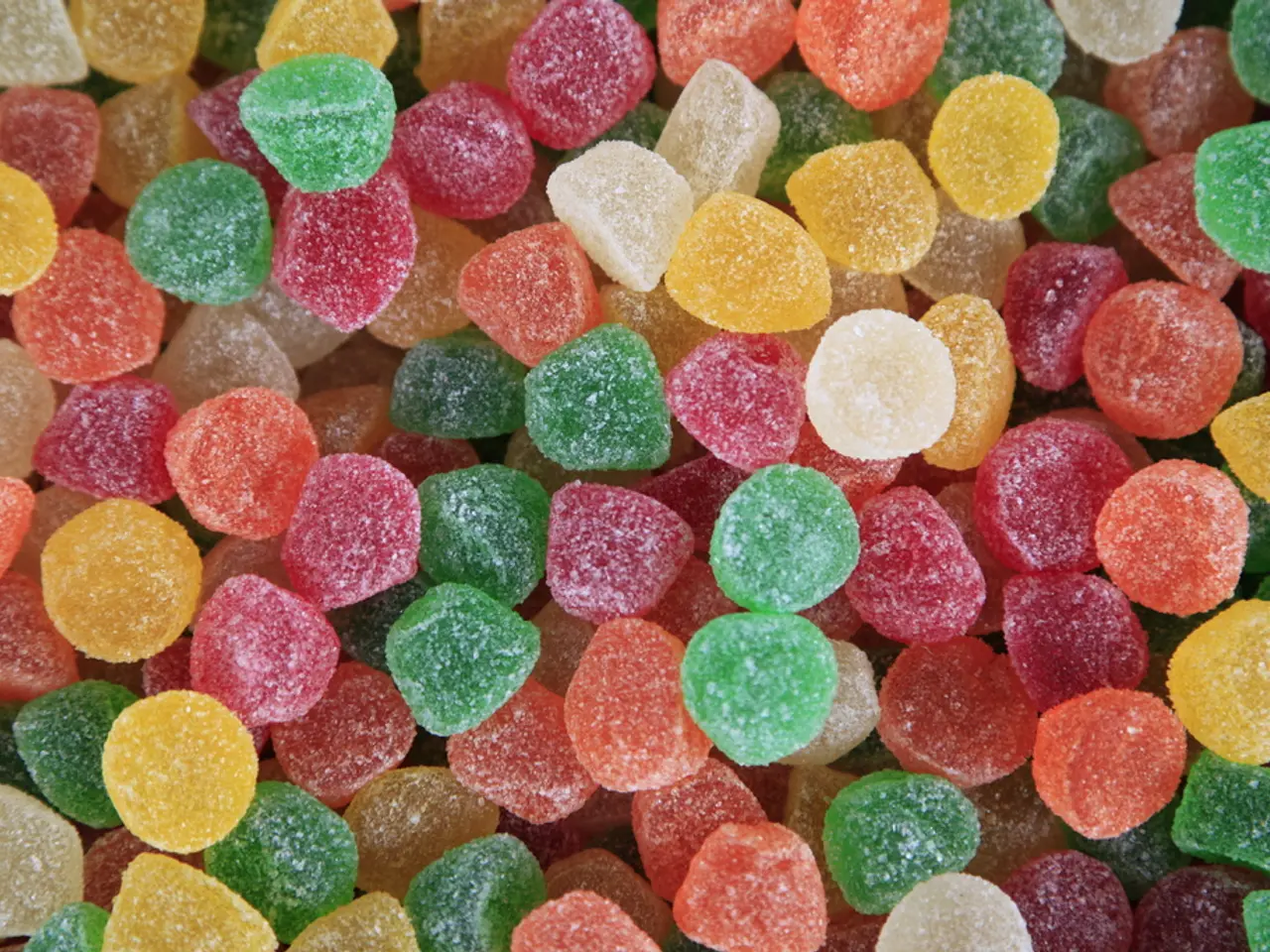Twelve native wildflowers simple enough for your own backyard cultivation
In the quest to create a vibrant and eco-friendly garden, planting native wildflowers is an excellent choice. These resilient blooms not only add a splash of colour but also provide essential nectar and pollen for a wide variety of pollinators such as bees, butterflies, and hummingbirds. Here are some top native wildflowers and their preferred growing conditions:
1. **Bee Balm (Monarda fistulosa, aka Wild Bergamot)** - Pollinators attracted: Bees, butterflies, hummingbirds - Preferred conditions: Full sun to partial shade; moist, well-drained soil; USDA zones 3-9 - Additional notes: Fragrant and showy, blooms from spring through summer; drought tolerant once established; spreads by rhizomes and self-seeding
2. **California Poppy (Eschscholzia californica)** - Pollinators attracted: Bees love the cup-shaped flowers - Preferred conditions: Full sun; dry, sandy or well-drained soil; USDA zones 6-10 - Additional notes: Bright orange-yellow bloom, drought tolerant, prolific self-seeder, blooms spring through summer and sometimes fall
3. **Blazing Star (Liatris spp.)** - Pollinators attracted: Bees - Preferred conditions: Full sun; sandy, dry to medium moisture, well-drained soil; USDA zones 3-8 - Additional notes: Tall blooms, good for cut flowers, summer bloomer
4. **Primrose (Primula vulgaris)** - Pollinators attracted: Various bees - Preferred conditions: Partial shade favored but some tolerate full sun; nutrient-rich, moist, well-drained soil; USDA zones 3-8 - Additional notes: Spring blooms in various colours; fast growing
5. **Black-eyed Susan (Rudbeckia hirta)** - Pollinators attracted: Nectar-rich blooms attract many pollinators - Preferred conditions: Full sun; well-drained soil; adaptable and vigorous spreader - Additional notes: Bright yellow flowers, meadow-like appearance, blooms summer through fall
6. **White turtlehead (Chelone glabra)** - Pollinators attracted: Various pollinators - Preferred conditions: Moist to wet, organically rich soil; zones 3-8
7. **Compass plant (Silphium laciniatum)** - Pollinators attracted: Bees, butterflies - Preferred conditions: Full sun; moist, well-drained soil; zones 3-8 - Additional notes: Grows up to nine feet tall, leaves point north and south, blooms prolifically in summer with sunflower-like flowers
Generally, these native wildflowers thrive best in full sun to partial shade with well-drained soils, though some tolerate drier or clay conditions. They favor habitats ranging from dry sandy soils (California Poppy) to moist and nutrient-rich soils (Primrose) and are hardy through various USDA zones, mostly zones 3 through 10 depending on the species. Planting a diverse mix of these native wildflowers will provide continuous blooms throughout the growing season, supporting a broad population of pollinators. Their native status means they are well adapted to local climates and soil types, making them sustainable choices to enhance pollinator gardens.
[1] USDA Plant Hardiness Zone Map. (n.d.). Retrieved November 10, 2022, from https://planthardiness.ars.usda.gov/ [2] Wildflowers of the Midwest. (n.d.). Retrieved November 10, 2022, from https://www.wildflowersofmidwest.com/ [3] National Wildlife Federation. (n.d.). Retrieved November 10, 2022, from https://www.nwf.org/Garden-for-Wildlife/Plant-Native/Native-Plants/Native-Wildflowers
- Embracing an organic lifestyle, these wildflowers, such as the Bee Balm, thrive in well-drained soil and prefer sunny or partially shaded locations, making them perfect choices for a home-and-garden setting.
- Incorporating native wildflowers into your decor, like the California Poppy, which thrives in dry, sandy soil, contributes to a sustainable home-and-garden layout that is attractive to pollinators.
- For a vibrant garden that aligns with the principles of gardening, consider planting herbs like Black-eyed Susan, which attract many pollinators and can flourish in well-drained soil under full sun.
- The diversity of flowers in a pollinator garden can be enhanced by selecting native wildflowers like White turtlehead, favoring moist to wet, organically rich soil – a setup that also supports healthy soil for other plants.
- With its tall blooms attractive to bees, the Blazing Star is an excellent choice for a garden that prioritizes both aesthetics and the well-being of pollinators, adding a touch of elegance to the home-and-garden scene.
- By planting a mixture of native wildflowers, such as the Compass plant that grows up to nine feet tall with leaves pointing north and south, you create a flourishing eco-system, fostering a diverse population of pollinators and contributing to a joyful and sustainable lifestyle.




